How To Squat Better Right Now
Squats are not only a cornerstone of great training programs, they're a fundamental human movement. Despite this, most of us struggle with squats at least a little bit. This might be due to pain, mobility restrictions or strength issues. Regardless of why your squat doesn't feel right, there is one thing you can do immediately to squat better. Keep reading to learn how to squat better right now.
Customize Your Squat To Your Body
Have you been told squatting with your toes pointing straight is "correct" or "the best way?" We’re here to tell you this is nonsense.
Squatting with your toes pointing straight is an arbitrary goal that simply doesn't fit certain people's anatomy. This CAN be a great way to squat, but isn't always right for everybody.
Let's talk a bit more about why your hip anatomy matters and why understanding it can help you pick the best squat stance for you.
Hip Anatomy and How To Squat Better
The subject of anatomy can get really complex and confusing. In this article, we’re just going to cover some basics and give you some quick, actionable advice. No need for a totally comprehensive understanding of hip anatomy.
When talking about hip anatomy and squat stance, one important topic is hip retroversion vs. anteversion. This refers to the orientation of the ball and socket joint in your hip. In anatomy, the word "version" refers to the angle or rotation of a body part relative to other structures in the body.
Basically, hip anteversion means the femur (thigh bone) is rotated anterior (inward) in relation to the knee. Retroversion means the femur is rotated posterior (backward) in relation to the knee. Sometimes this is also defined according to the angle the head of the femur makes with the rest of the bone.
The exact way it is defined can get confusing, but the picture below illustrates this well.
Understand hip retroversion and anteversion to squat better
A quick note on the picture: Despite only one picture being labeled "normal," all of these hips are "normal." Everyone has some amount of anteversion or retroversion and it isn't a "deformity" unless it's very severe. Average is about 10 degrees of hip anteversion (shown in picture).
As you can see from the picture, anteversion and retroversion simply refer to the angle of the top of the femur with the rest of the bone. You can also see how this will affect the position at the knee and foot. The picture does a good job at showing this.
Someone with anteversion will probably have some toe-in when their hips are in a natural mid range and has to rotate their hips OUT to point the toes forward. Someone with retroversion will probably have toe-out at this comfortable mid range and has to point their toes IN to get them forward.
Hip Retroversion and Hip Anteversion: Squat Stance
A big part of squatting well is simply finding the most comfortable and natural stance for your lower body to be in. Trying to squat in a specific, arbitrary way might be uncomfortable if it doesn't match your anatomy.
Toes straight forward might be fine for you if your hips have an average amount of anteversion or slightly more. With your toes forward, your hips will be in a comfortable mid range and your squat will feel pretty unrestricted.
However, if you have hips that are retroverted, forcing your toes forward won't work. You'll be able to stand like that, but squatting will probably feel awkward and even painful. But if you turn your toes out, you'll feel much better.
Find The Squat Stance That Is Right For You
The moral of the story is that you shouldn't try to force your hips to do something they aren't built to do. Experiment with different squat stances to see what works for you. Try toes in, toes out, wider, narrower, etc. There is no one size fits all.
Understand your body better and you'll be a better squatter and overall athlete.
If you're really struggling with squatting, contact us so we can evaluate you. No need to struggle with frustration, pain or discomfort. We're experts at helping people move better and we're here to help.
If you're ready to really dive into squat self-assessments and mobility drills, get access to our free Front Squat Fix E-book.
Be well and get to squatting!
Check out the video below where Dr. Wagner talk about how you can experiment with different squat stances.
If you're interested in learning more about how to squat better, check out some of these resources from friends and colleagues.
Some quick drills to try: Top 5 Squat Mobility Drills-Barbell Rehab
A super detailed look at variations in hip anatomy and why people need to squat differently.: Why People HAVE To Squat Differently-The Movement Fix

